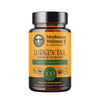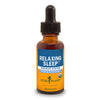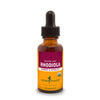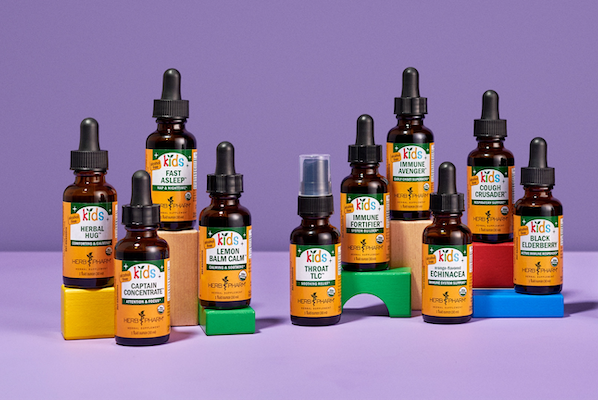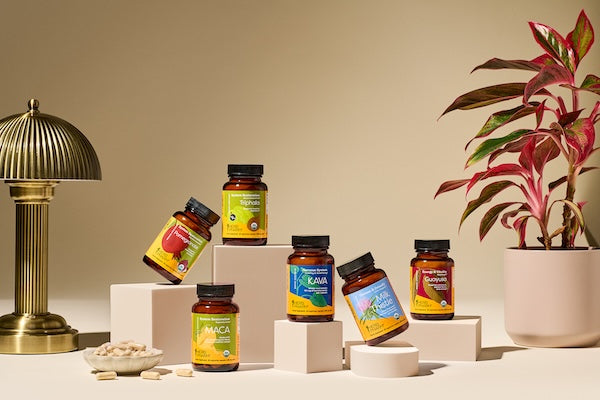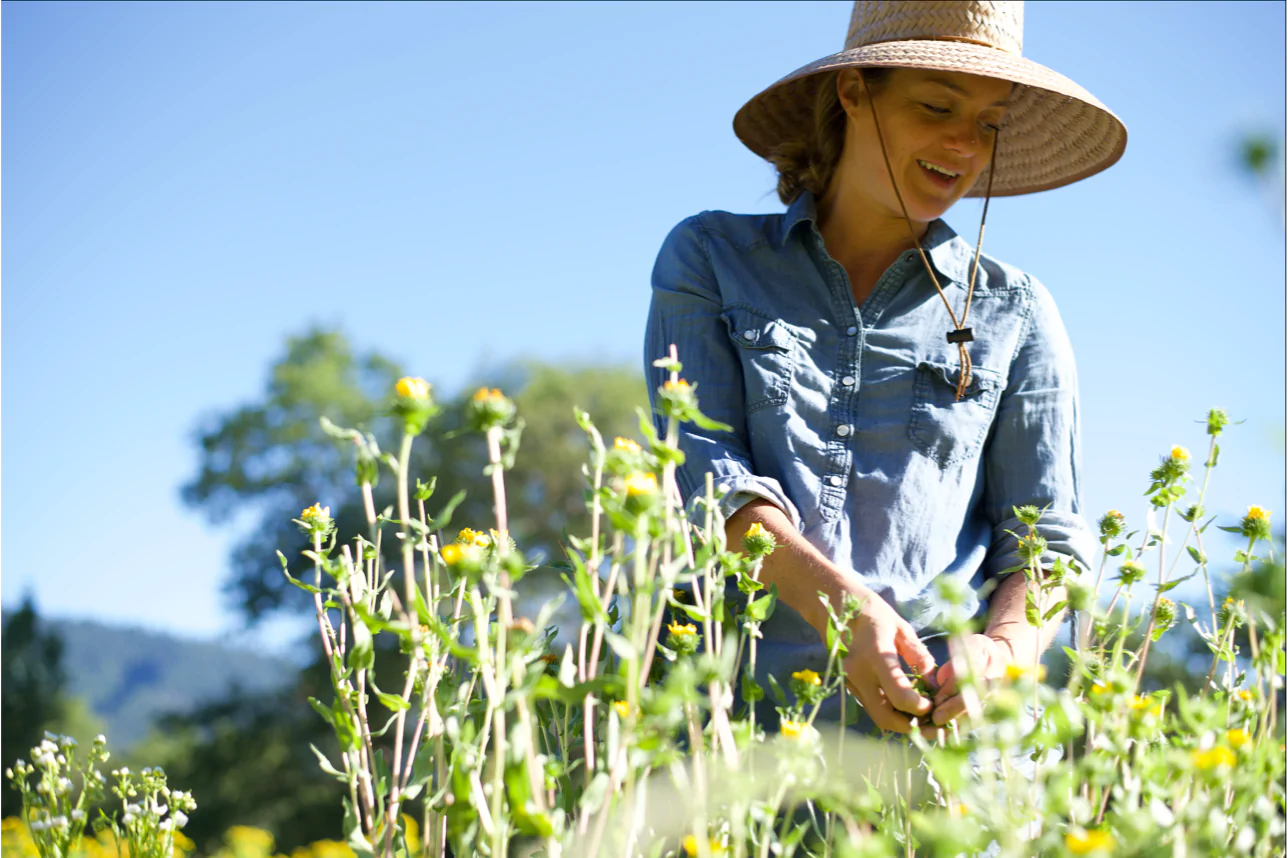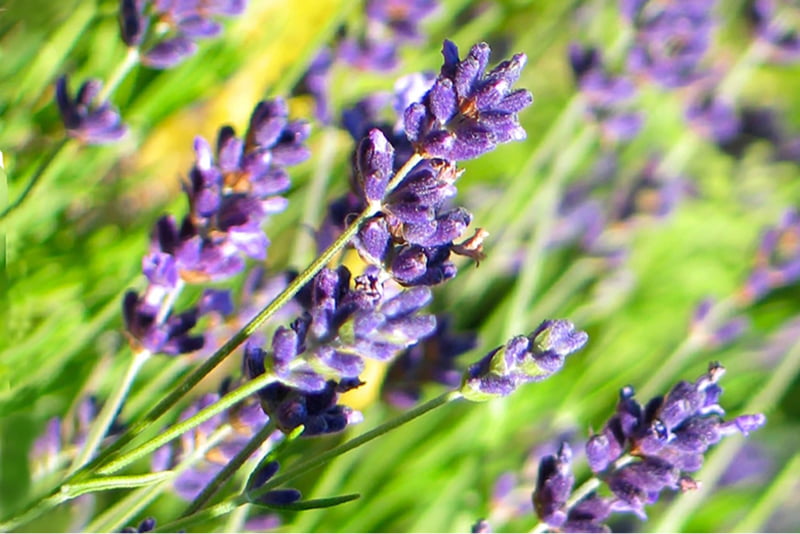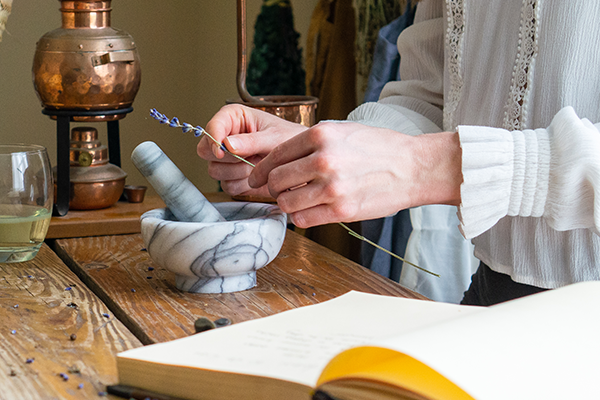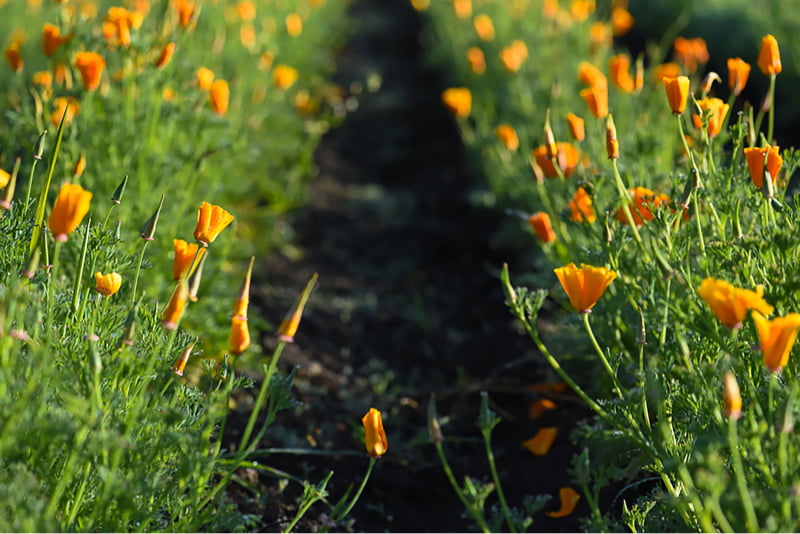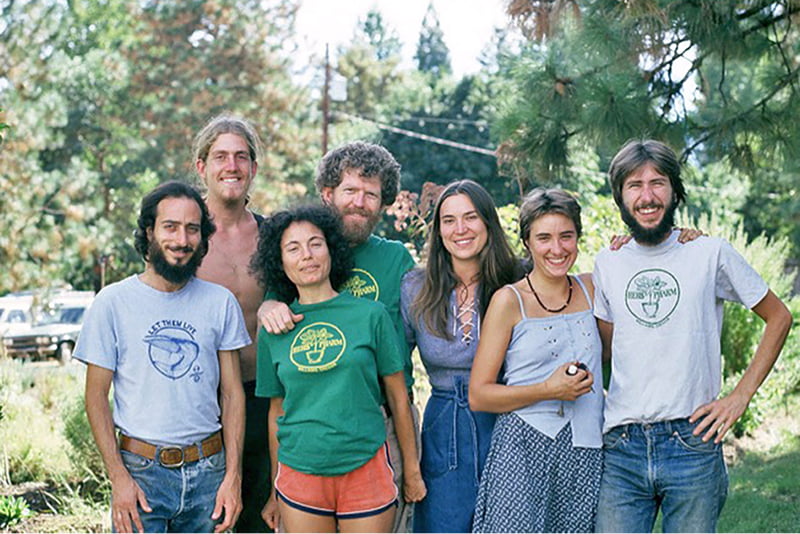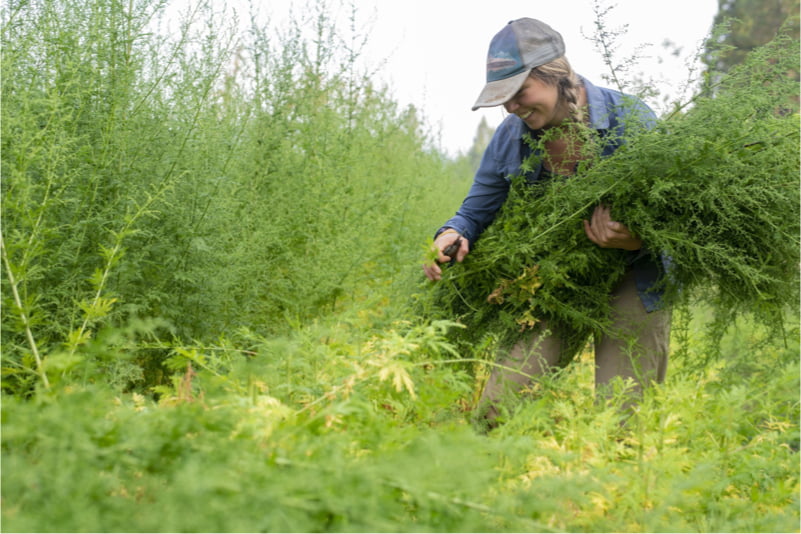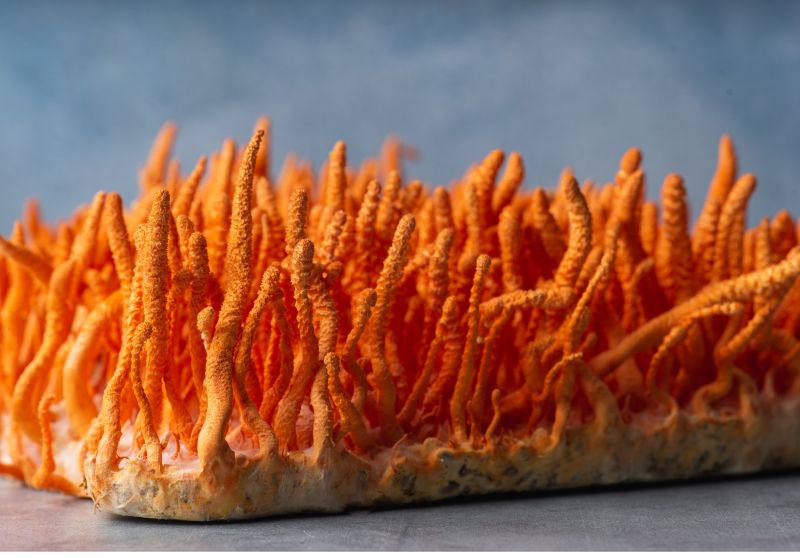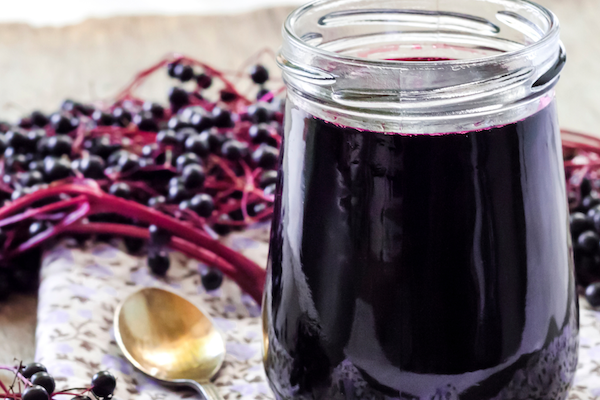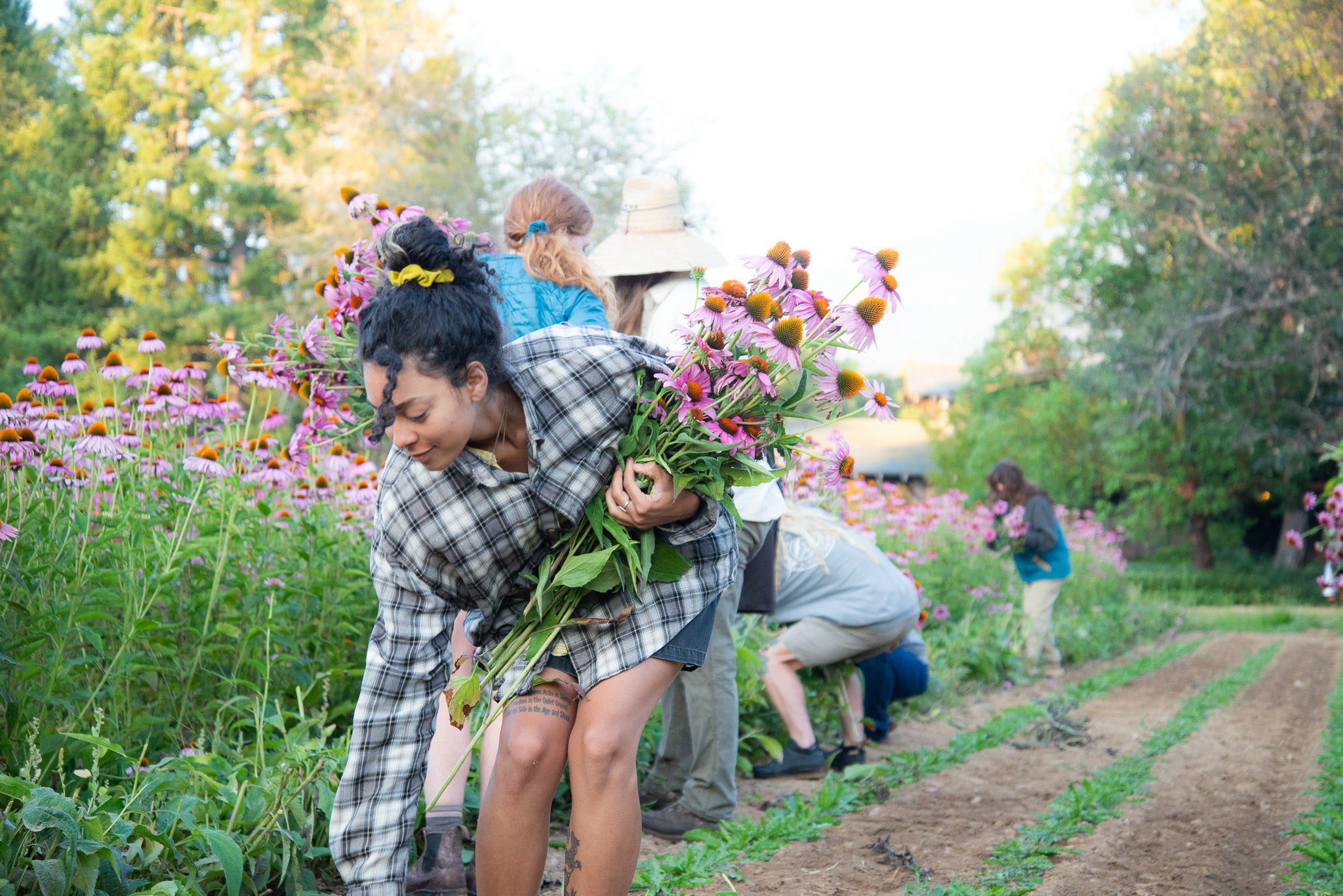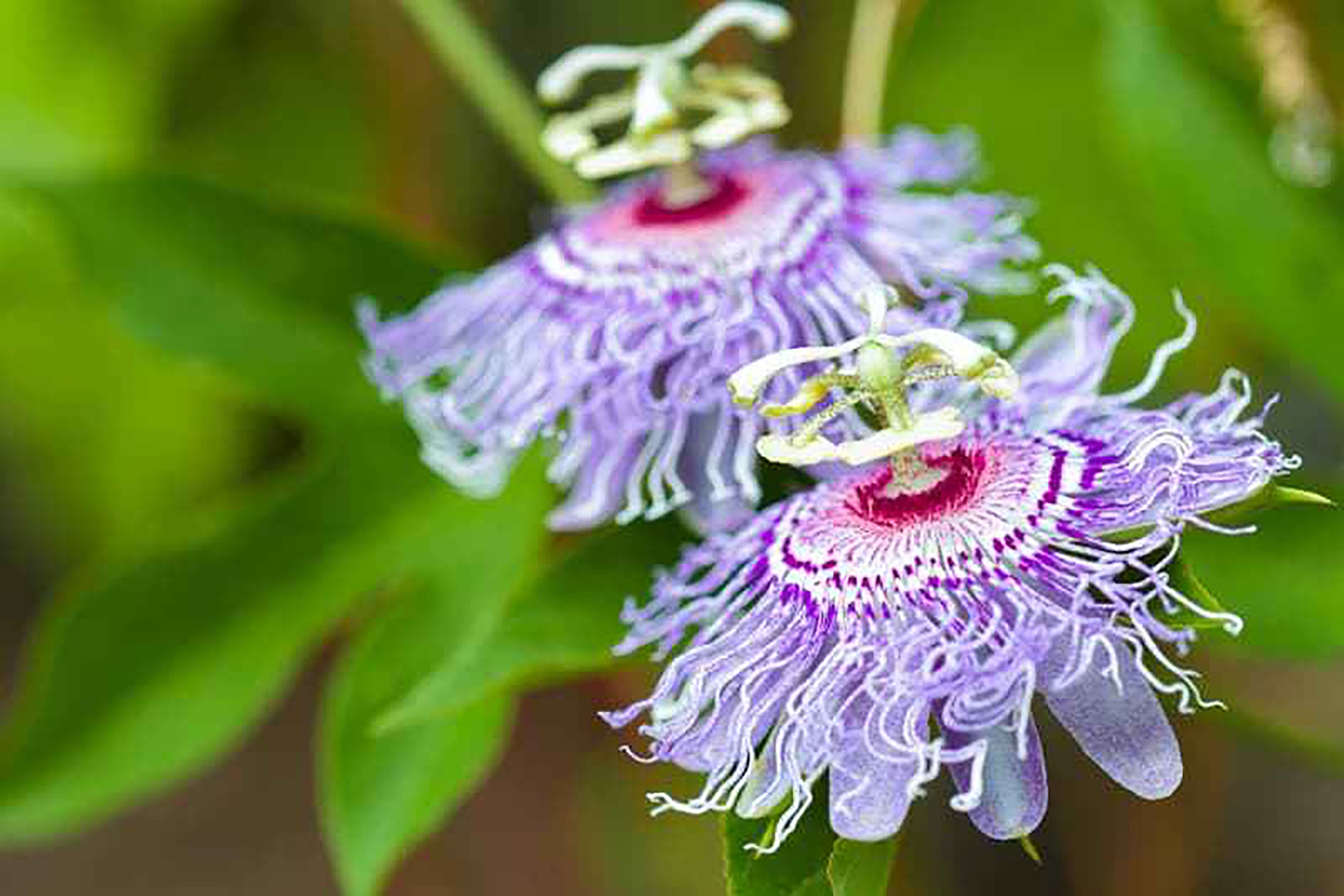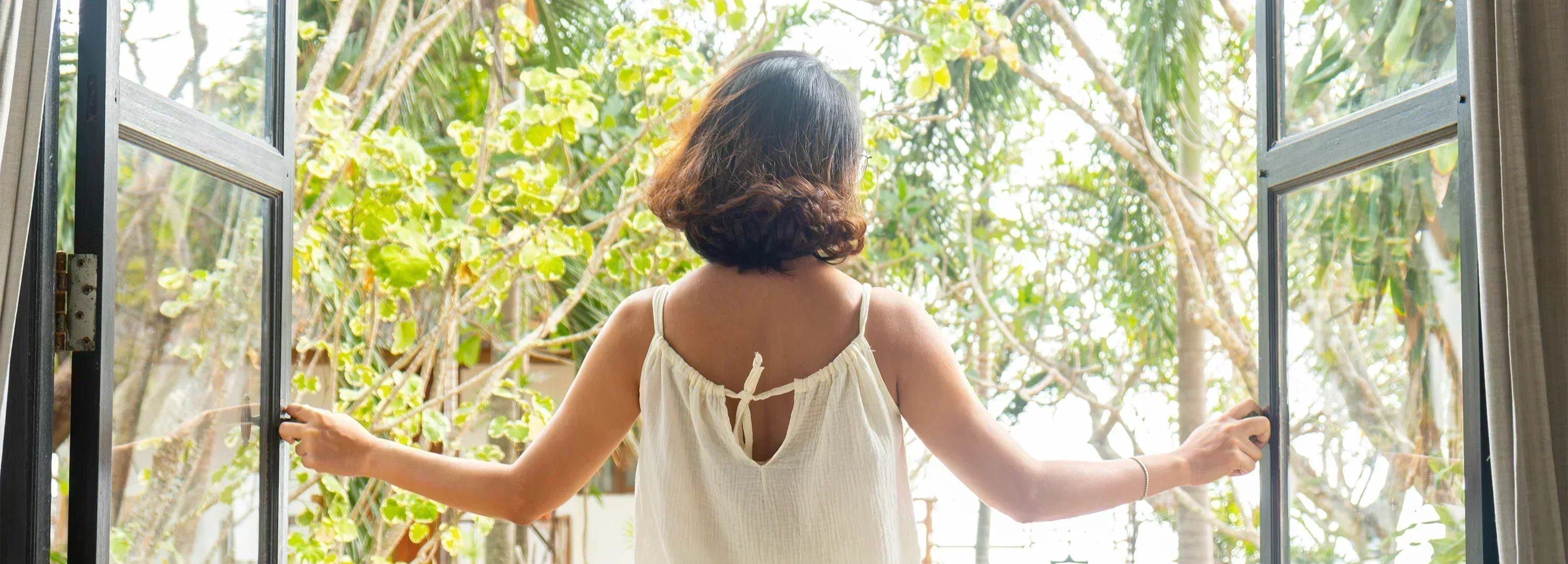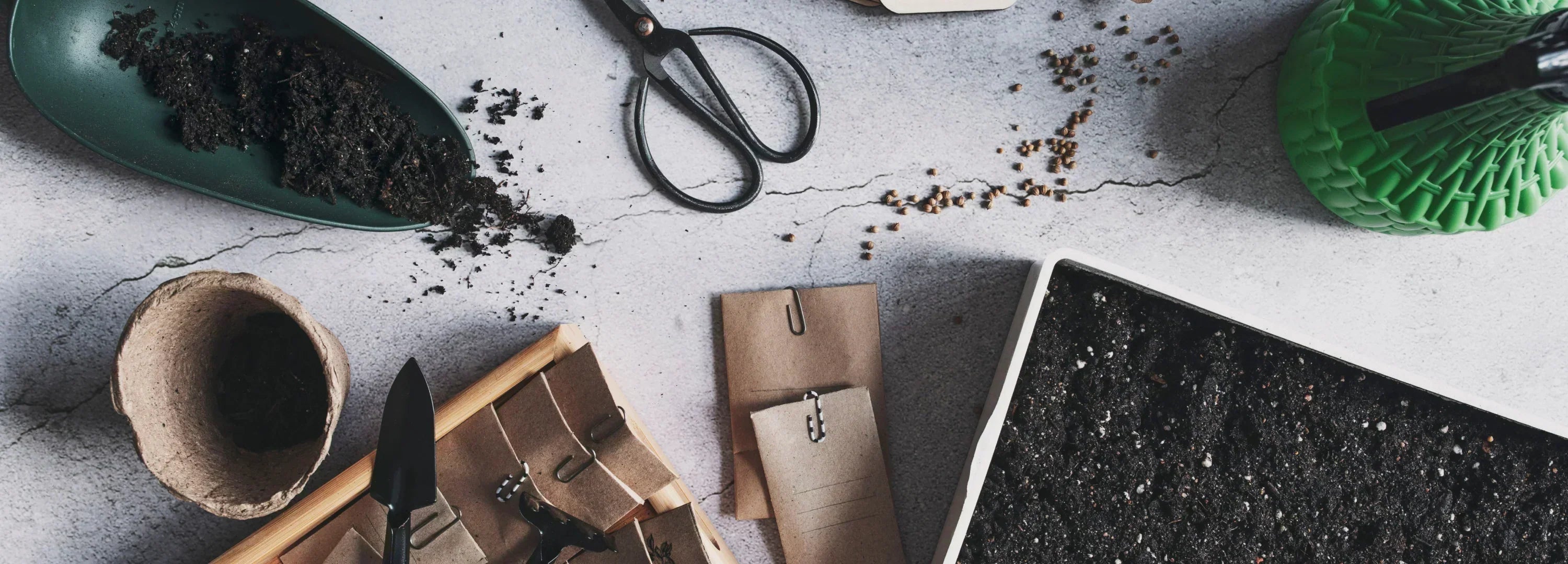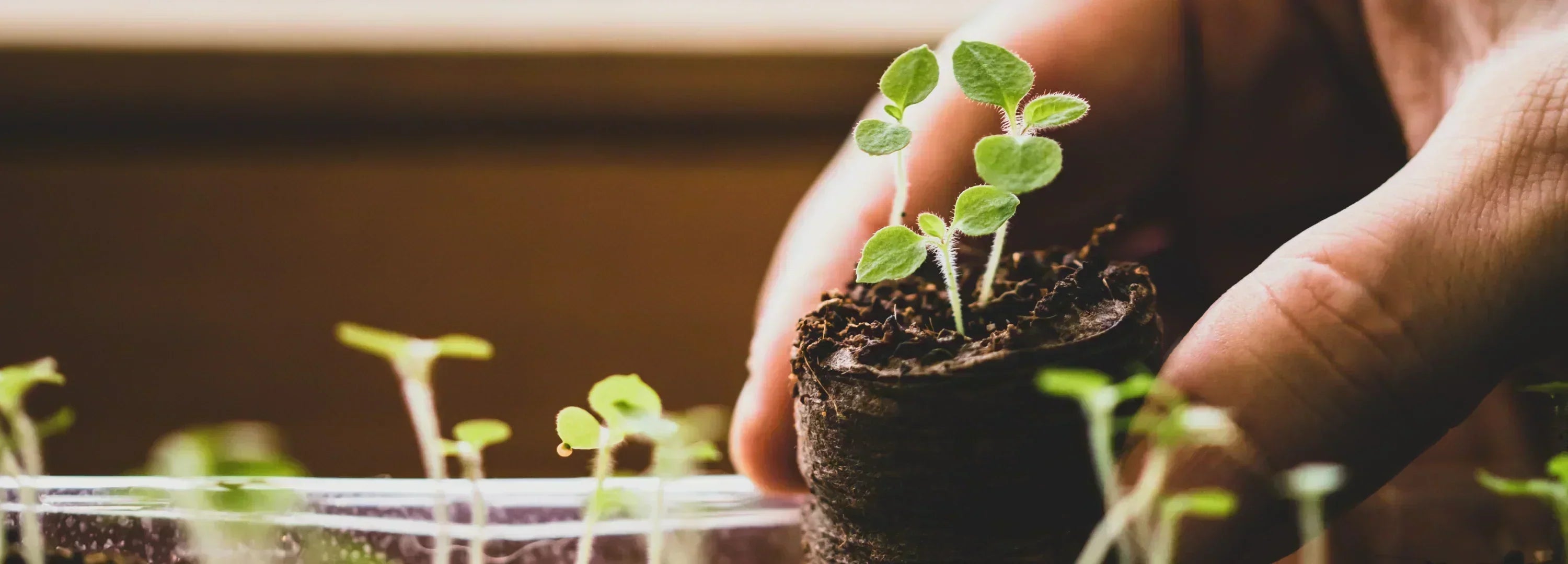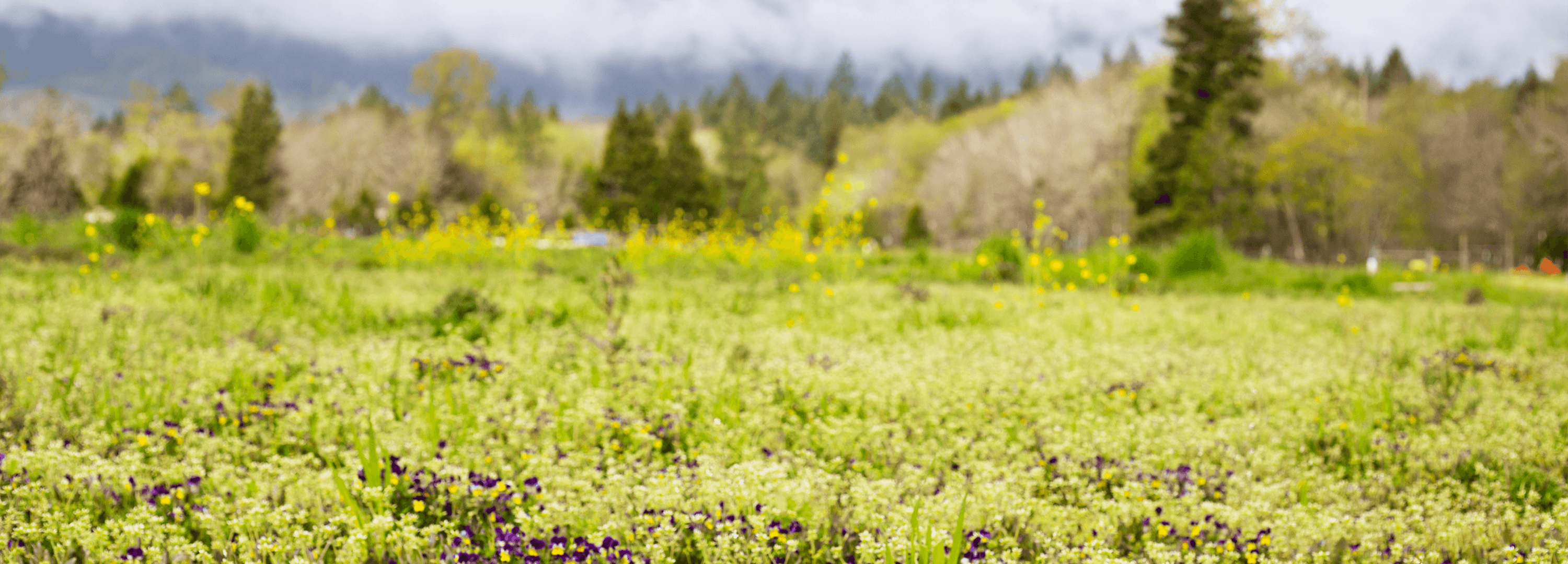
Growing Herbs at HomeJul 17, 2023
3 Regenerative Organic Practices for Your Garden
Nature conservation is an important part of everything we do. Our love for plants, people and the planet
drove us to become the first Regenerative Organic Certified® herb farm in the world! Over the years, we’ve
watched the health of our soil improve and cultivated even more reverence for the
land we call home.
In honor of World Nature Conservation Day, we’re sharing some tips from our Regenerative Organic
Certified® farms that you can use in your garden. Putting them to use is a great hands-on way to
learn about regenerative organic farming.
Focus on Soil Health
The power of a Regenerative
Organic
Certified® farm is in the soil. On our farms, we focus on building and preserving
healthy topsoil that can sequester carbon from the atmosphere. Many of the techniques we use wouldn’t
necessarily apply to a backyard garden (like practicing agroforestry and testing soil), but others do.
In your yard, you can avoid tilling (breaking up the soil) and make use of compost by sheet mulching.
The standard process of tilling leaves the soil vulnerable to erosion. It disturbs the topsoil and fungal
networks underground. On our Regenerative Organic Certified® farms, we practice low to no-till methods.
We use new farming equipment like a no-till grain drill to plant seeds and cover crops without
disturbing the topsoil. For your garden, all you need is some high-quality compost (make your own or buy
it at the garden store), mulch (like hay or wood chips) and recycled cardboard.
Start by putting a layer of cardboard on the ground or grass. The barrier will block out weeds and feed
the worms in your soil. Then, pile on at least 3 inches of your mulch. Top it with compost. Keep adding
and alternating the layer of mulch and compost, ending with compost on top. Then, you’re ready to plant!
No tilling required.
Chemical-Free Weed Control
Never use herbicides in your garden. We grow everything you see on our massive farms without using any
pesticides, herbicides or chemical fertilizers! These chemicals leach into the soil and water and stay
there for a long time. They have long-term adverse effects on humans, ladybugs, bees and beyond.
If there are weeds in your garden that you don’t want there, just pull them out by hand and throw them in
your yard waste bin. Avoid putting them in your compost if you don’t want them popping up again!
However, we also encourage you to think differently about weeds. A weed is simply a wild plant that’s
growing where it’s not wanted. Many beneficial herbs are considered common weeds – like Dandelion and
Milk Thistle. Keep them around if you can or
transplant them to another area of your yard. It’ll give
you some appreciation for the tenacity of some herbs!
Embrace Biodiversity
Our farms are in a rural location of southern Oregon. We’ve learned to co-exist with wildlife there,
including everything from bears and coyotes to bees and frogs. A rich diversity of insect and animal
life around your garden is an indicator of a thriving ecosystem. Increasing native plant and animal
populations was a key benchmark for regenerative certification.
Help out the native animals in your area by installing bat or owl boxes. Plant things that pollinators
love, so they can have a reliable food source. Think about the overall biodiversity of the plants in
your garden, too. In addition to your Basil, Eggplants and Tomatoes, plant some herbs from the United Plant Savers at-risk list. These plants are currently in decline from
both over-harvesting in the wild and sensitivity to environmental changes. Some plants from the list are
Echinacea, Gentian, Goldenseal, Maidenhair Fern and White Sage.
Join Us in Protecting Natural Resources
When nature thrives, we all thrive. Let us know whether you see any positive changes in your garden from
using these methods. Just tag us in a post or leave a comment on Facebook or Instagram.


